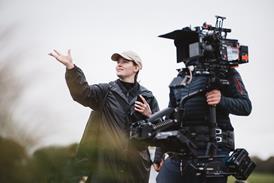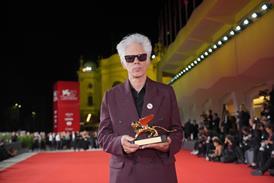- News
- Reviews
- Features
- Festivals
- Box Office
 ‘Downton Abbey: The Grand Finale’ tops UK-Ireland box office with £4.4m; ‘Demon Slayer: Infinity Castle’ opens second
‘Downton Abbey: The Grand Finale’ tops UK-Ireland box office with £4.4m; ‘Demon Slayer: Infinity Castle’ opens second ‘Demon Slayer: Infinity Castle’ expands with $148m session; ‘Downton Abbey: The Grand Finale’ lands with $30m
‘Demon Slayer: Infinity Castle’ expands with $148m session; ‘Downton Abbey: The Grand Finale’ lands with $30m UK-Ireland box office preview: ‘Downton Abbey: The Grand Finale’ bows out in 760 cinemas
UK-Ireland box office preview: ‘Downton Abbey: The Grand Finale’ bows out in 760 cinemas
- Awards
- Subscribe

Subscribe to Screen International
- Monthly print editions
- Awards season weeklies
- Stars of Tomorrow and exclusive supplements
- Over 16 years of archived content
- Global production
Faith in the audience
By Mike Goodridge2010-01-29T12:29:00

Faith-friendly films may be drawing in the crowds, but Hollywood is still scared of interacting with religious audiences.
SIGN IN if you have an account
Do you want to keep reading?
Register for free access to five articles a month

Subscribe today and unlock access to:
- Unlimited film & TV news, reviews and analysis on Screendaily.com
- All print and/or digital editions of Screen magazine
- Breaking news alerts sent straight to your inbox
- Digital festival and market dailies
- Weekly awards magazines
Access premium content Subscribe today
If you have an account you can SIGN IN now
Subscribe to Screen International
Screen International is the essential resource for the international film industry. Subscribe now for monthly editions, awards season weeklies, access to the Screen International archive and supplements including Stars of Tomorrow and World of Locations.
Find out moreSite powered by Webvision Cloud

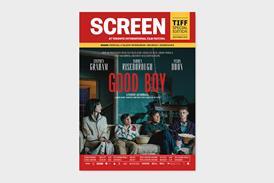

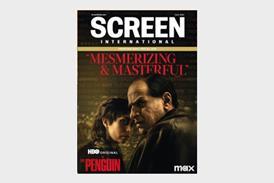



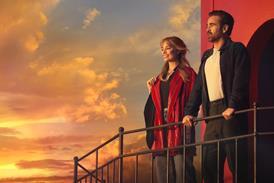

![[Clockwise from top left]: 'The Voice Of Hind Rajab', 'A House Of Dynamite', 'Jay Kelly', 'After The Hunt', 'The Smashing Machine'](https://d1nslcd7m2225b.cloudfront.net/Pictures/274x183/1/7/0/1459170_veniceawards_837515.jpg)
